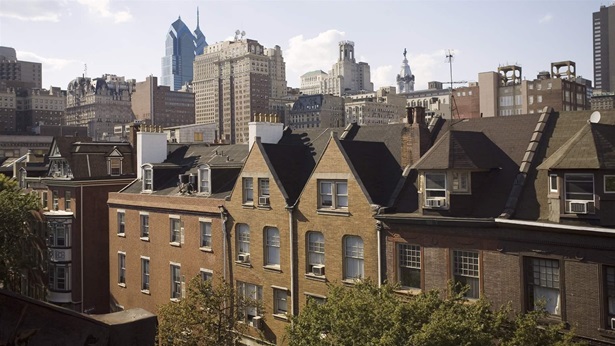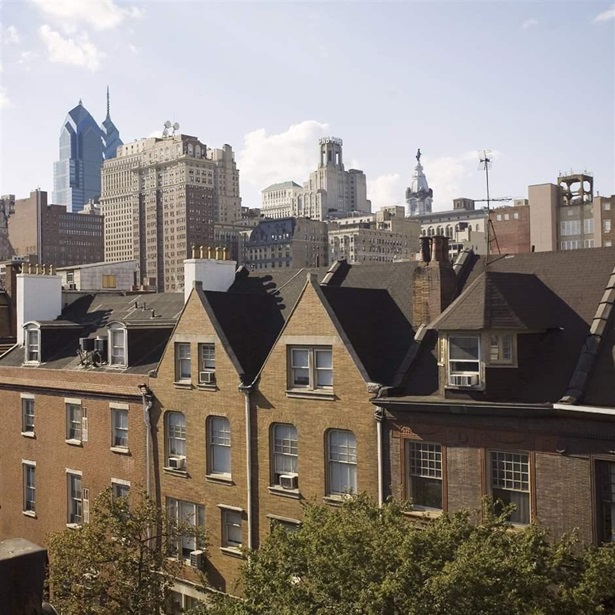How Remote Work Could Affect Philadelphia Office Buildings’ Property Taxes
The city’s chief assessment officer discusses how—and when—the impact might be felt
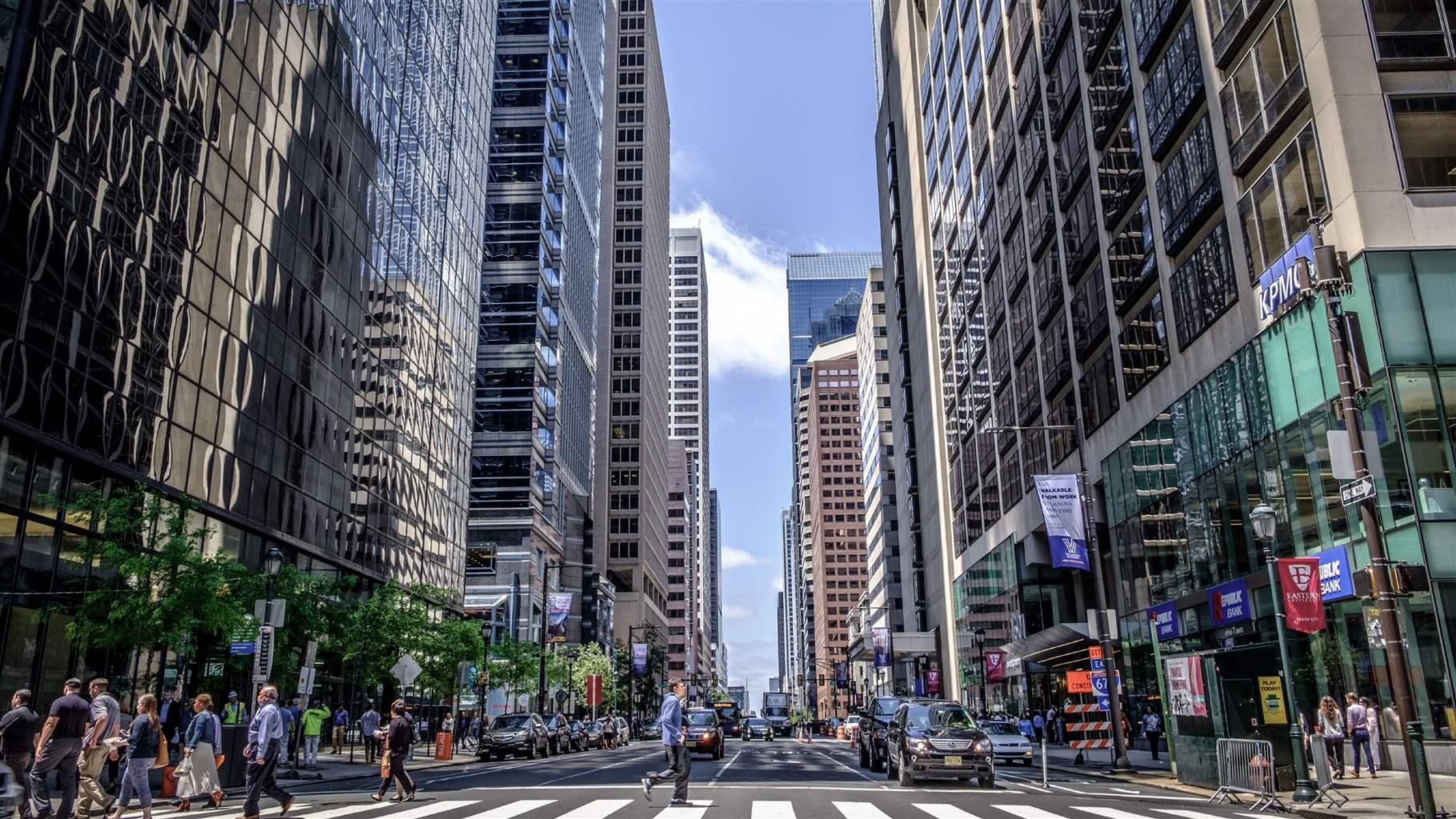
The persistence of remote and hybrid work is an ongoing concern among local officials across the country, who worry that it will inevitably lead to decreased demand for office space and a drop in the value of office buildings—resulting in lower assessments and reduced property tax revenues.
Although Philadelphia relies less on property tax than many of its peer cities do, the tax is still slated to generate about $1.8 billion this fiscal year for the city and the school district. Office buildings account for 6.78% of the city’s $204 billion in assessed value, and a slightly higher share when exempt properties are excluded. And a drop in the value of downtown office buildings, and therefore in assessments and potentially tax revenue, has yet to play out in Philadelphia; for the 2024 tax year, office building assessments are mostly unchanged from 2023.
James Aros Jr., Philadelphia’s chief assessment officer, has led the Office of Property Assessment (OPA) since 2020.
This interview with him has been edited for length and clarity.
Q: Let’s start with the basics. How does the Philadelphia Office of Property Assessment—the OPA—set the assessed value of an office building?
A: In most cases, we use what’s called the income approach, in which the assessment is based primarily on how much income a building generates for its owners. This makes sense, because when you buy a building, you’re essentially buying the income stream.
We work off data from our consultants and industry data sources, which allows us to estimate rents per square foot and vacancy rates for a group of buildings, say, in the same class and the same part of the city. Once we have that, we calculate the potential income for the building; subtract vacancy and collection losses; then add back in miscellaneous income, which gives us an estimated gross income. Next, we subtract the estimated operating expenses to get the net operating income. Then, we divide that number by the capitalization rate, which is basically the percentage of annual return on investment that a building owner might reasonably expect. That gives us our assessed value.
Q: So, for instance, if a building produces a net operating income of $12 million and the capitalization rate is 6%, the valuation would be $12 million divided by .06, which comes to $200 million. Right?
A: Yes. And if the income generated by a building goes down, either through reduced rental rates or increased vacancies, that might have a negative impact on the valuation of the property.
Q: The good news for Philadelphia, at least so far, is that although it’s been well over three years since the onset of the pandemic—and many office workers are still coming in only part of the time, and others not at all—that doesn’t seem to have affected your assessments. Why not?
A: It’s important to understand that the values of office buildings weren’t affected much, if at all, early in the pandemic, which is when we were compiling data for our last citywide valuation. Whether people were coming into the office or not, the tenant still had to pay the rent. Office leases tend to be long term—five, seven, 10, even 15 years—which is why we haven’t seen much of an impact yet. If somebody just got in on a lease before the pandemic started, that lease isn’t coming up for renewal until later this decade or past 2030, although of course tenants could renegotiate before then.
Q: So what do you expect to see in the years to come?
A: It’s still early, and I don’t make predictions. But we do know that each year, as leases come up, some companies or organizations will be saying, “You know what? We just don’t need as much of a physical footprint as we have now.” Maybe they won’t be renewing at all, or maybe they’ll go somewhere else for a smaller space. Or maybe they’ll cut down their existing space or look to negotiate a lower rate for the same space. So as existing leases come up for renewal, vacancies could increase and building revenues could fall, which could affect valuations. But I can’t predict how much that’s going to happen or when we might see it. I’d expect it to vary by sector and by the class of office building. And, in any case, I think it will develop gradually over time, not all at once.
Q: There’s been some talk, nationwide and here in Philadelphia, about converting offices into residential units. Purely from a valuation and tax standpoint, would that be a good thing or a bad thing for the city?
A: We haven’t done that analysis. But for sure, if space isn’t being used and it’s vacant, any repurposing that’s going to generate income is better for the value of the property. I wouldn’t want to speculate on whether it’s a smarter decision for a building’s long-term value to convert it into apartments or to leave it as is.
Q: Might the next citywide property revaluation, scheduled to be done in 2024 for the 2025 tax year, give us the first real sense of how all of this might start to play out?
A: Yes. I expect we’ll see some impact next time around in the office-sector valuations based on any trends we’ve observed since the last revaluation. And if owners think we’re over-assessing their buildings, we’ll certainly hear from them.


America’s Overdose Crisis
Sign up for our five-email course explaining the overdose crisis in America, the state of treatment access, and ways to improve care
Sign up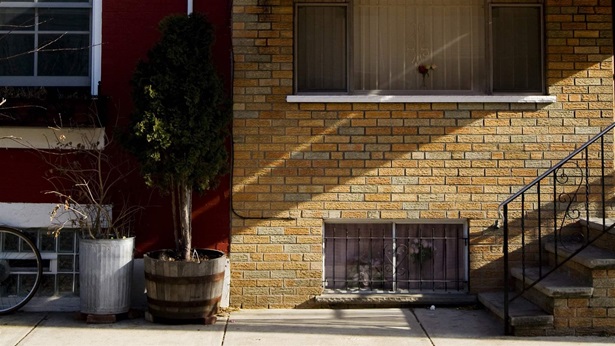
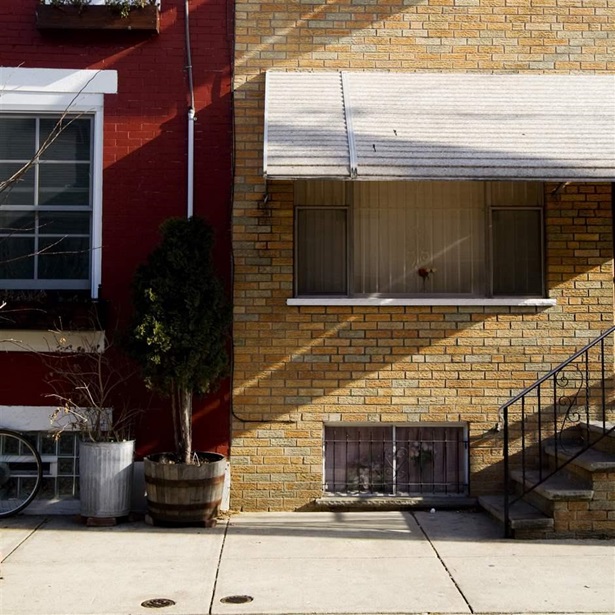
How Property Is Taxed in Philadelphia


Employment Patterns and Philadelphia's Operating Budget
